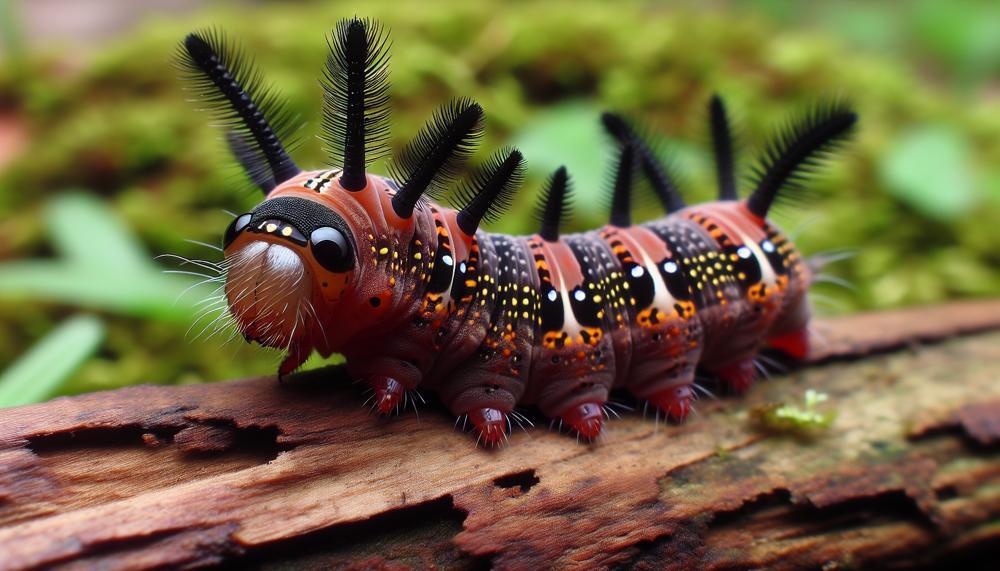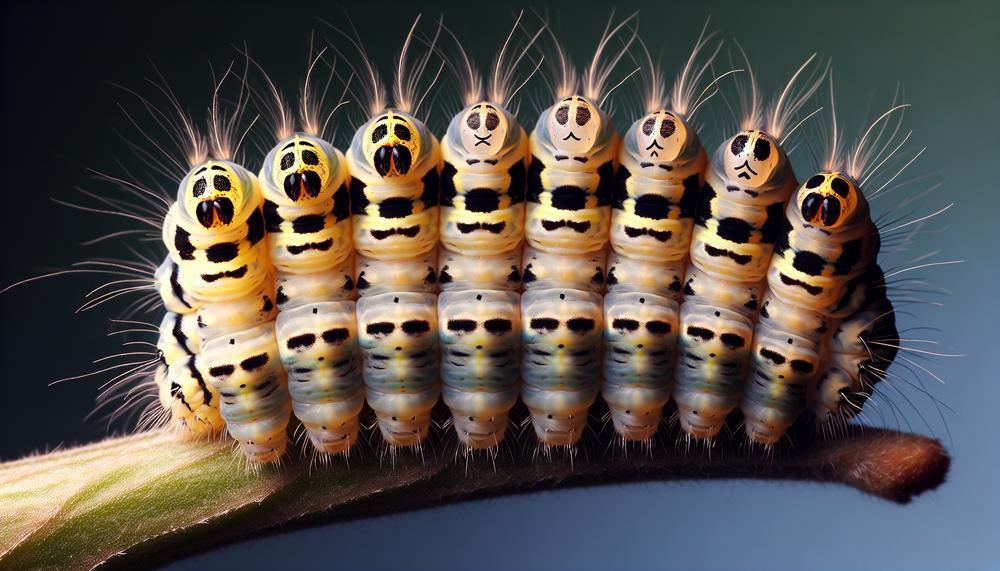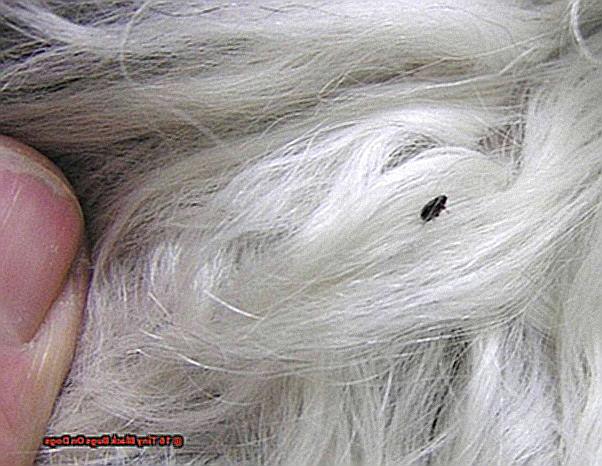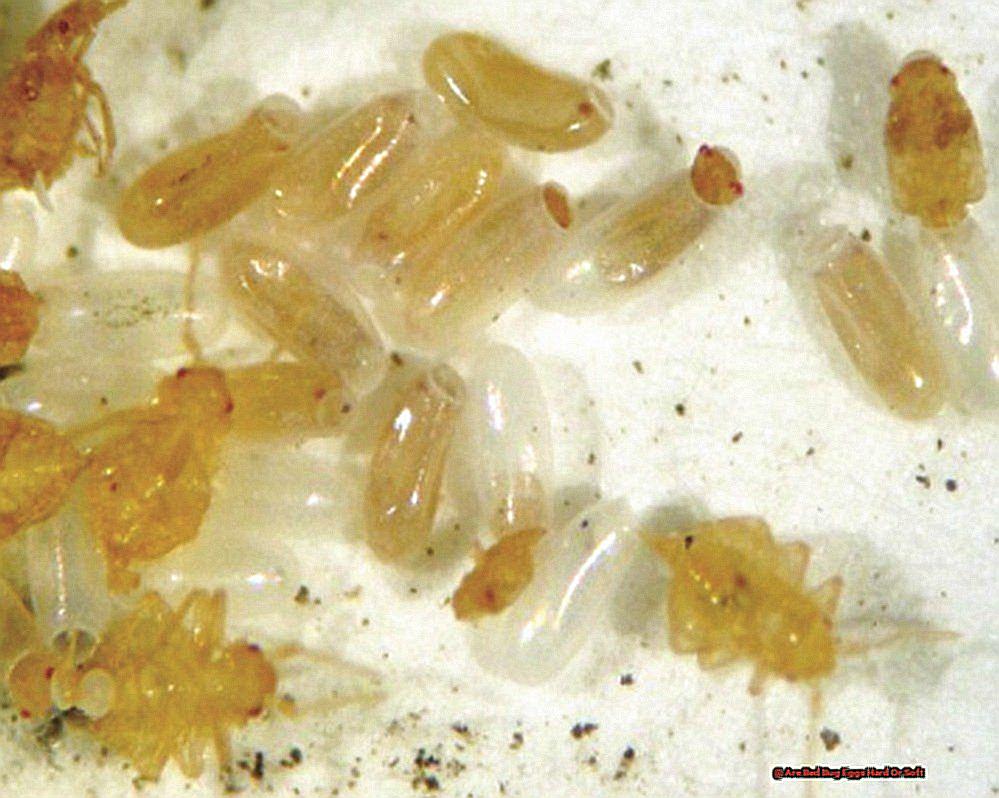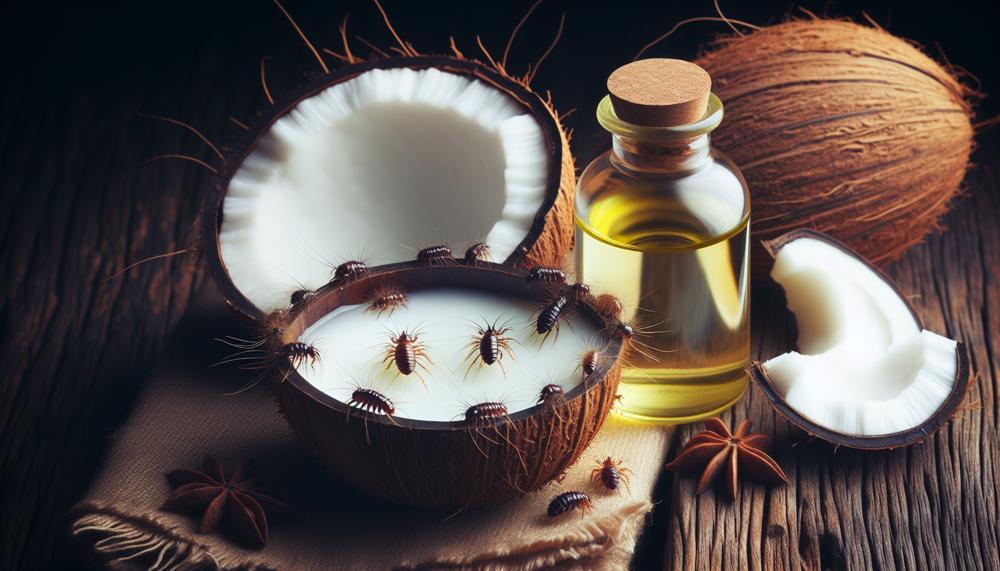Have you ever wondered about the gender of those enchanting caterpillars? They roam around your garden. You’re not alone in your curiosity. Determining the gender of these captivating creatures may seem like a daunting task.
Join us on a journey through the world of caterpillar gender identification. We’ll share all the tips and tricks you need to become an expert in no time.
- Why is it important to identify the gender of caterpillars?
- The physical differences between male and female caterpillars
- How to distinguish between male and female species
- The significance of coloration in determining gender
- Common misconceptions about caterpillar genders
- Fascinating facts about these tiny creatures that will leave you amazed
Whether you’re a curious nature enthusiast or a passionate gardener, you’re seeking to understand your tiny visitors better. We’ll provide all the information you need on identifying the gender of caterpillars.
Let’s dive right in.
Table of Contents
Life Cycle of a Caterpillar
The metamorphosis of a caterpillar, also known as the life cycle of a caterpillar, is a captivating process. It encompasses four distinct stages: egg, larva, pupa, and adult. Each stage plays a vital role in the transformation of a caterpillar into a butterfly or moth.
But how does a caterpillar develop into either a male or female? Let’s take an in-depth look at these stages and discover the answer.
| Phase | Description | Gender Development |
|---|---|---|
| Egg | The first stage of the life cycle, when a female butterfly lays eggs on a suitable surface. | No gender determination takes place during this phase. |
| Larva | The second stage in which the caterpillar rapidly grows by consuming leaves and shedding its skin multiple times. | Distinguishing between males and females in this phase can be challenging as caterpillars do not have visible reproductive organs. |
| Pupa | The third stage where the caterpillar constructs a protective cocoon and undergoes metamorphosis into a butterfly. | The transformation from caterpillar to butterfly is guided by chemical and hormonal signals within the cocoon but does not impact gender determination. |
| Adult | The final stage that marks the emergence of the butterfly from the chrysalis and its mission to reproduce. | Gender is determined by internal reproductive structures and biological processes. For instance, male caterpillars have testes while females have ovaries located in the abdominal region. |
Identifying the gender of a caterpillar can be intricate. They do not show visible sexual differences during this stage. However, there are methods to determine their gender. Some species exhibit noticeable differences in prolegs or claspers between males and females.
Additionally, pheromone production can assist in identifying the gender of certain caterpillar species. For instance, female caterpillars may release pheromones to attract males for mating.
Determining Caterpillar Gender
Determining the sex of a caterpillar can be quite challenging. Their appearance and actions may not always be clear indicators. However, there are certain characteristics and behaviors that can provide clues.
- Physical Differences: Some species of caterpillars have visible differences between males and females. These differences may include size, color, and the presence of specific body parts. For example, antennae or abdominal appendages. For instance, male giant silkworm moth caterpillars have larger antennae than females, while male spicebush swallowtail caterpillars have a more prominent yellow stripe on their bodies.
- Pheromone Production: Pheromones are chemicals that organisms release to communicate with others of the same species. In some caterpillar species, males produce pheromones to attract females for mating. These pheromones can be detected by specialized sensory cells on the antennae or other body parts.
- Behavior: Certain species of caterpillars display unique courtship behaviors that can help determine their gender. For example, male monarch butterfly caterpillars will chase and follow female caterpillars during mating season. Similarly, male gypsy moth caterpillars emit a pheromone that draws in females for mating.
Sexual Differentiation in Some Species
The phenomenon of sexual differentiation in caterpillars can vary significantly across species. However, there are some common methods in which these differences manifest themselves. This includes changes in appearance, behavior, and response to environmental factors.
For instance, in the case of the Monarch butterfly, male caterpillars have a distinct physical appearance, which allows them to be differentiated from females. Male caterpillars have a pair of scent glands on their first abdominal segment. The glands produce a pheromone that attracts potential mates. This is a unique adaptation that allows for successful reproduction within the species.
In contrast, another caterpillar species, Acraga coa, exhibits sexual differentiation through behavior. During mating season, male caterpillars often fight or dance to attract female mates.
This behavior is highly specific to males. It is not observed in females. This makes it a clear indicator of sexual differentiation in this species.
Furthermore, environmental factors can also play a role in the sexual differentiation of caterpillars. Some species, such as the Eastern tent caterpillar, are sensitive to changes in temperature and light levels.
Environmental cues can impact caterpillar development and behavior, leading to differences between males and females.
Conclusion
Determining the gender of caterpillars may seem daunting. However, with the right knowledge and tools, it can be an exhilarating and fulfilling experience.
By delving into the intricate life cycle of these creatures and exploring various methods of gender identification, you can become a master in no time. Distinguishing between male and female caterpillars is crucial. It can offer valuable insights into their behavior and reproductive patterns.
In addition, some species show unique adaptations, behaviors, and responses to environmental stimuli to differentiate .

